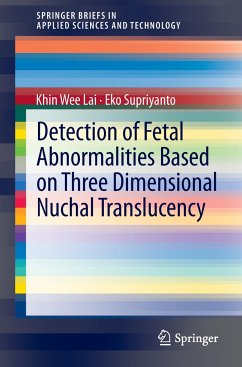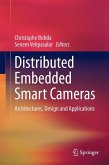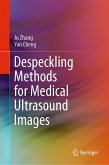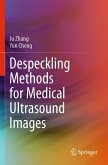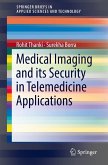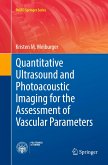Ultrasound (US) prenatal screening has been proposed as the most effective technique for Trisomy 21 early assessment. Assessment of Nuchal Translucency (NT) offers promising non-invasive method for fetal abnormalities detection up to 75%. Nevertheless, current clinician practice of NT examination by locating the sonogram calipers on 2D US image requires highly trained and competent operators by adhering to a standard tedious protocol; therefore it is prone to errors and hence it decreases the reliability in intra- and inter-observer repeatability.
This Brief provides the basic knowledge regarding Trisomy 21 diseases and its existing detection methods. The restrictions and disadvantages of each method are discussed accordingly. Therefore, a non-invasive early detection method using 3D ultrasound reconstruction of Nuchal Translucency is introduced. This new method for 3D NT assessments has an edge over the previous 2D methods, and entails the composite function in visualizing the explicit internal marker structure. Further, image processing techniques covered from data acquisition, pre-processing, speckle noise reduction and 3D segmentation are also discussed. This should be especially useful for students and professional researchers in the Biomedical and image processing fields.
This Brief provides the basic knowledge regarding Trisomy 21 diseases and its existing detection methods. The restrictions and disadvantages of each method are discussed accordingly. Therefore, a non-invasive early detection method using 3D ultrasound reconstruction of Nuchal Translucency is introduced. This new method for 3D NT assessments has an edge over the previous 2D methods, and entails the composite function in visualizing the explicit internal marker structure. Further, image processing techniques covered from data acquisition, pre-processing, speckle noise reduction and 3D segmentation are also discussed. This should be especially useful for students and professional researchers in the Biomedical and image processing fields.

